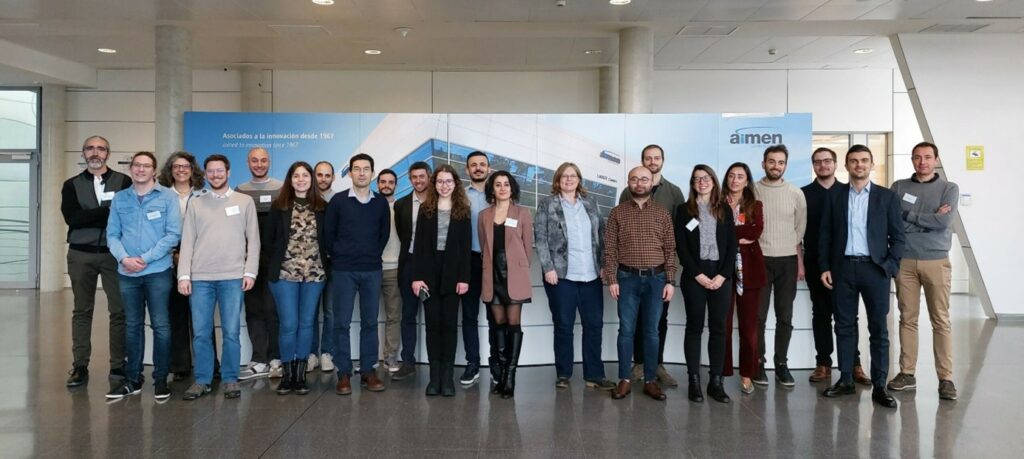Light materials for Electric vehicles
Blog
LEVIS Project Video
We are excited to announce the release of the LEVIS project video, providing a close look at our advancements in developing advanced lightweight materials for sustainable EVs...
Pioneering Study Published
We are thrilled to announce the publication of our latest scientific study "Metal-Composite Hybrid Joint Adhesion and Testing Optimization for Electric Vehicle Application" in...
Meet Blanca Lekube from Leartiker
On February 11, 2024, the world celebrates the 9th International Day of Women and Girls in Science, advocating for equal opportunities in science, technology, engineering, and...
Meet Andrea Calvo-Echenique from Itainnova
To mark the 9th International Day of Women and Girls in Science on February 11, 2024, we spoke with Andrea Calvo-Echenique, R&D Engineer at ITAINNOVA, Zaragoza, Spain....
2-Year Update of the LEVIS project
In February 2023, the second year Meeting of the LEVIS project took place at project partner AIMEN in O Porriño, Pontevedra, Spain. The two-day session allowed the LEVIS...
CAD Design of each Demonstrator
It is well known that one of the most hard-hitting challenges the automotive industry is facing is the massive shift from Internal Combustion Engines (ICE) to Battery Electric...
Meet Leticia Gracia Grijota from ITAINNOVA
On 11 February 2023, the 8th International Day of Women and Girls in Science is celebrated with the goal to promote the full and equal access and participation of females in...
ENLIGHT EVs: New Cluster on lightweight for EVs
To find synergies and maximise impacts across the EU and beyond, the new cluster EnLightEVs has been created among five EU-funded projects. The projects aim at...
INNOVATIVE MATERIALS FOR LIGHTER AND MORE SUSTAINABLE ELECTRIC VEHICLES
The LEVIS development of innovative materials is currently in full-steam mode. They are at the heart of LEVIS’s consortium strategy to demonstrate EV lightening without...
1-YEAR UPDATE OF THE LEVIS PROJECT
In March 2022, the 1-year meeting of the LEVIS project took place remotely. The aim of LEVIS is to develop lightweight components for electric vehicles using eco-design and...









